The 10 Worst Gardening Mistakes You Can Make
As an Amazon Associate and member of other affiliate programs, I earn from qualifying purchases.
When you start out on your gardening adventure, you’ll make plenty of gardening mistakes – the worst gardening mistakes you can make. The kind of mistakes that lead to dead plants, flavorless produce, and outright garden fails.
Everyone makes mistakes, but the good news is you can always learn from them. Even if you are currently making these mistakes in your garden, you can change now that you know better. Your plants will forgive you.
In fact, they’ll be grateful you figured it out, and they’ll reward you with salad. Wait, salad does not really sound like an award…ooh unless it’s Caprese salad! Yum!
Which mistakes are the worst gardening mistakes?
The worst mistake you can make in a garden is one that leads to the death of your plant, decreased production, poor tasting fruit, or your own feelings of disappointment.
I made this list by thinking back on my own experiences and some of the reasons that my own plants have done poorly or just died. But don’t think that making one of these mistakes means you should give up on your plants. Usually, you can turn things around by fixing the mistake for the remainder of the growing season.
Still, among the worst mistakes, some are worse than others. So listed here from least horrible to most terrible are the worst gardening mistakes you can make.
10. You don’t apply mulch around your plants.
Weeds are competition for the plants in your garden. Most weeds are most adapted to stressors that kill other plants. Stressors that their presence creates, like competition for nutrients and water.
Applying a thick layer of mulch around your plants will help prevent weeds from sprouting by blocking sunlight. You’ll still need to pull any that do make it through, but there will be far fewer weeds when you apply a thick layer of mulch.
Mulching also helps the soil retain water and protects your plants from harmful bacteria, viruses, and fungi that can splatter up on them from the soil. The type of mulch you use is up to you: plastic, paper, straw, and compost are common choices.
Interested in learning more ways to keep weeds out of the garden?
Fix it: remove weeds and apply mulch asap!
Getting rid of weeds can be one of the most frustrating aspects of gardening. You really have to stay on top of weed problems or they can get out of control quickly.
9. You don’t dig an adequately sized hole for your plants.
As a general rule, you should dig a hole about twice as wide and deep as your plant’s root ball. If the hole is too small, your plant will have trouble growing roots into the surrounding soil and will result in a stunted plant.
It’s also easy to plant your plant too deep if you dig a hole twice as deep as the rootball.The majority of plants will not do well if their stem is buried or if some their roots are exposed to air. So make sure to backfill the hole with enough fresh soil that the top of the root ball is level with the ground.
Of course, there are exceptions. Tomatoes, for example, grow roots from their stems, so they thrive when a portion of the stem is buried. If you look, you can even see your tomato growing roots from the base of its stem into the soil.
It’s good practice to do a little research to learn about any specifics for your plant before you plant it in the garden.
Fix it: gently work in 2-3 inches of compost around the base of your plant.
8. You don’t fertilize appropriately.
I used to think that fertilizer was one of those things that you should do but don’t have to do. And truth be told, you will probably get away without fertilizing your plants if you are not trying to get a large and flavorful harvest.
You will severely limit your results if you don’t provide your plants with adequate nutrients for growing food. But you can also over fertilize plants if you don’t know what you’re doing.
There’s a lot more information in my post about choosing a fertilizer for your veggie garden, but I have a few quick tips about fertilizing here.
- Avoid using high nitrogen based fertilizers, like Miracle-gro, which make big green plants with less fruit and are more likely to over-fertilize and cause burning.
- Fertilize at planting and at least once every 4 weeks.
- Liquid organic fertilizers are the best choice when growing plants for food.
Fix it: follow these tips to start using fertilizer appropriately from now on
7. You don’t consider the quality of your soil.
Before you plant, try to remember to get a soil test to determine what amendments your soil will need. And become familiar with the texture of your soil. Is it sandy? Clay? Rocky?
It’s worth investing in some time and research to learn about your soil type and how to best amend your soil. There’s a lot of good, easy to understand information about soil and how to fix soil problems in Rodale’s Encyclopedia of Organic Gardening. It’s one of my go-to gardening books.
There are many ways of improving soil for the vegetable garden, but as a general rule, most soil can be made garden ready by removing large rocks and adding fresh garden soil and/or compost.
Purchased garden soil improves the consistency and organic matter in your garden, and healthy compost is always good (and it never hurts).
Another simple solution to growing food on poor soil is to use raised beds or containers. However you choose to grow, it’s important to remember that unhealthy soil grows unhealthy plants. There’s no way around this one.
Fix it: add fertilizer and compost. You’ll need to fertilize more often in poor soil.
6. You plant too early or too late.
You can’t decide you want to plant peas in April in northeast Georgia. Trust me. I tried. We were already experiencing days in the 80s, and the peas sprouted but grew only a little. It just gets too hot in our summer for peas to grow and produce well.
Conversely, planting tomatoes when the ground is too cold can cause blossom end rot, stunted growth, and lower production. But they won’t set fruit when the temp gets over 90 degrees, either. Fussy little things.
You’ll also encounter problems growing corn if the soil is under 60 degrees.
So it’s important that you consider timing when you plant your garden. Make sure you have plenty of growing days in your growing season. If your season is too short, you can start seeds in advance or extend your growing season with greenhouses, cold frames, and row covers.
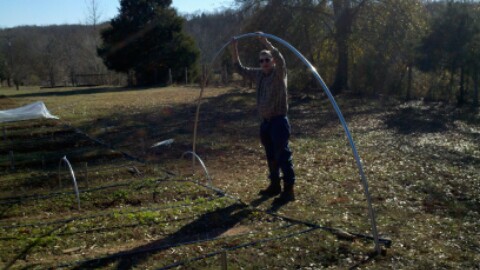
Fix it: lay down mulch and row covers to preserve water and correct temperature.
Agribon is a handy product to keep around to help protect plants from too much heat and too much cold.
5. You place your plants too close together.
Plant spacing is very important for getting the best harvest. Crowded plants will not produce as well and will have more trouble with disease and pests.
If space is limited, it’s better to plant fewer plants than to try to squeeze too many into a small space. Densely planted crops compete for water and nutrients and have more trouble with pests and disease.
Pay attention to the recommended spacing when you plant your plants. You’ll create more work for yourself and get less produce if you plant them too close together.
Try using my garden planning spreadsheets to help you determine how much space you need for your plants.
Fix it: it’s going to be a tough decision, but you may need to pull up a couple of plants.
Only keep the healthiest looking plants and pull as many or as few as you need to get to recommended spacing for that particular variety of plant.
4. You plant in too much sun or too much shade.
You’ll never get a yummy crop of tomatoes if you plant it under your patio cover. Tomatoes need the sunlight in order to produce. Likewise, too much of the heat from the afternoon sun can ruin your crop of broccoli.
When you check your seed packet or plant label for sunlight recommendations, you’ll see one of these recommendations. But what do they really mean?
- Full sun = more than 6 hours of direct sunlight. Many vegetables need to be exposed to several hours of unfiltered sunlight to make fruit. Keep in mind that 6 hours is the bare minimum. For some plants, like tomatoes, 8-10 hours is even better.
- Part sun = the plant will tolerate some shade but needs at least 4-6 hours of direct sunlight. Keep in mind what kind of sunlight the plant is getting during those hours. Morning sun is not as intense as afternoon sun so heat-loving plants will do better if they receive the afternoon sun.
- Part shade = the plant needs 4-6 hours of sunlight but prefers the cooler morning sunshine or dappled sun of the afternoon. These plants will struggle is they receive the intense afternoon sun every day.
- Shade = the plant will thrive in less than 4 hours of direct sunlight. This is not the same thing as no sunlight; all plants need sunlight to grow. But shade tolerant plants are happy with filtered or indirect sun. Plant these under large trees, a covered patio, or in a sunny room in your house.
Fix it: if you’re growing in containers, move the containers. If in the ground, move the plant in early spring or fall.
Read more tips for growing veggies in containers.
3. You don’t have a plan for watering.
The number one reason that your plants die is a lack of water. Forgetting to water your garden is a sure-fire way to kill your plants. And plants that survive under severe water stress will not yield food fit for consumption.
The number one reason that your plants die from lack of water is that you didn’t make watering them easy and convenient.
The easiest and most convenient way to water your plants depends on how you’re gardening. When making a plan for water consider these things:
- Where is your source of water?
- Make sure to have an appropriate length hose.
- Check for adequate water pressure for your chosen method of watering
- What is the easiest way to water?
- Drip irrigation is my favorite method, but soaker hoses work in a similar way
- Hand watering is sometimes the easiest or the only way to get water your plants.
- Try to avoid using a sprinkler that sprays water on the tops of your plants
- How does rainwater affect your garden?
- Observe the area around your garden.
- Will water run toward or away from your garden?
- Is there a chance of flooding in heavy rains?
- Are there nearby creeks or ponds?
Fix it: get creative if you have to, but find a way to get water to your plants or get your plants closer to water.
They simply won’t survive without it. For creative ways to water your plants, I really liked the ideas in this book. Its focus is to provide super simple low cost and low maintenance ideas for watering plants.
2. You try to do too much.
Make sure you plan your garden according to the amount of time you can afford to dedicate to it. If you don’t have time to take care of 50 plants, then only plant 5. And don’t underestimate how much time it will take to tend to them.
Many vegetables need full sun, and in the heat of summer, they may require watering more than once daily.
Tomatoes will benefit from frequent pruning. Weeding, pest control, harvesting and storing your produce are all part of the tasks required for growing your own food.
Don’t set yourself up for failure by trying to do too much. It’s better to have an amazing crop from 2 tomato plants than to get a few lousy tomatoes off of 10 plants.
Fix it: if you think you’ve overdone it this year, scale back where you can.
Be more realistic about what you can get done, and then do those things really well.
And the absolute worst gardening mistake you can make is…
1. You don’t enjoy your garden and harvest
Don’t forget to harvest and eat your produce! We all do it sometimes but don’t let the entire garden go to waste. If you can’t use it, preserve it or give it away.
One tip for making sure you use your harvest is to grow food that can be used in your favorite recipes. The ones you always fall back on for family dinner. Your family’s favorite foods.
Get the recipe for this delicious cabbage soup.
And if you don’t enjoy gardening, spend a minute thinking about why that is.
If you despise garden work, think of ways to work smarter. If you dread working in the heat, grow food that likes the shade. If you hate weeding, grow in containers.
If you hate dealing with bugs, use a catch crop, companion planting techniques, or a plant cover (just don’t forget you need to let in some pollinators to pollinate the flowers).
Figure out exactly what you don’t enjoy about gardening and address that issue.
You’ll find that when you learn to really appreciate the food from your garden, you don’t mind the work of it. You’ll enjoy it actually.
Fix it: slow down and take the time to just visit your garden.
Don’t forget to take time to observe your plants, smell them, eat their fruit right there in the garden. And make sure you harvest your tomatoes and go make some Caprese salad!
Whatever you don’t just don’t quit. The only way to truly fail at gardening is to quit trying.
Even when you know how to avoid them, it is very likely that you will still commit one of these gardening faux-pas. And that is okay as long as you learn from them. You’ll just be more prepared to do better next time.
Do you agree that these are the worst gardening mistakes? Let me know in the comments.
[mailerlite_form form_id=1]


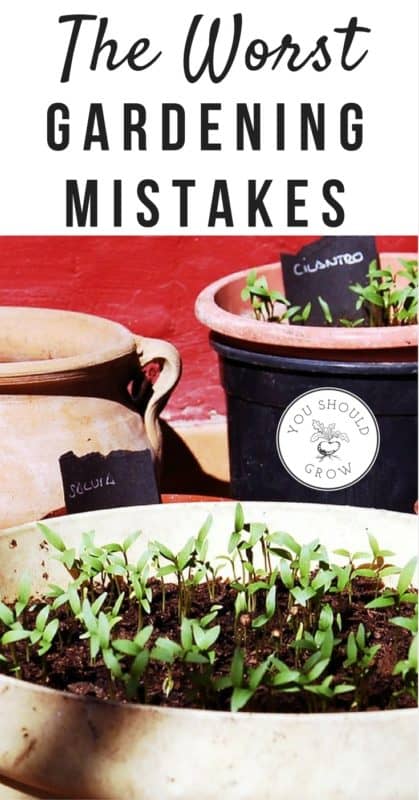
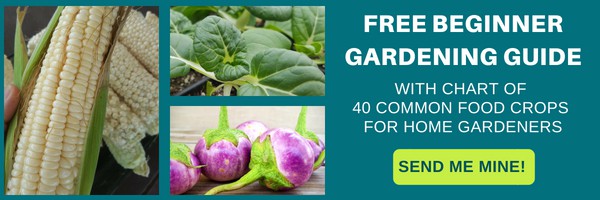
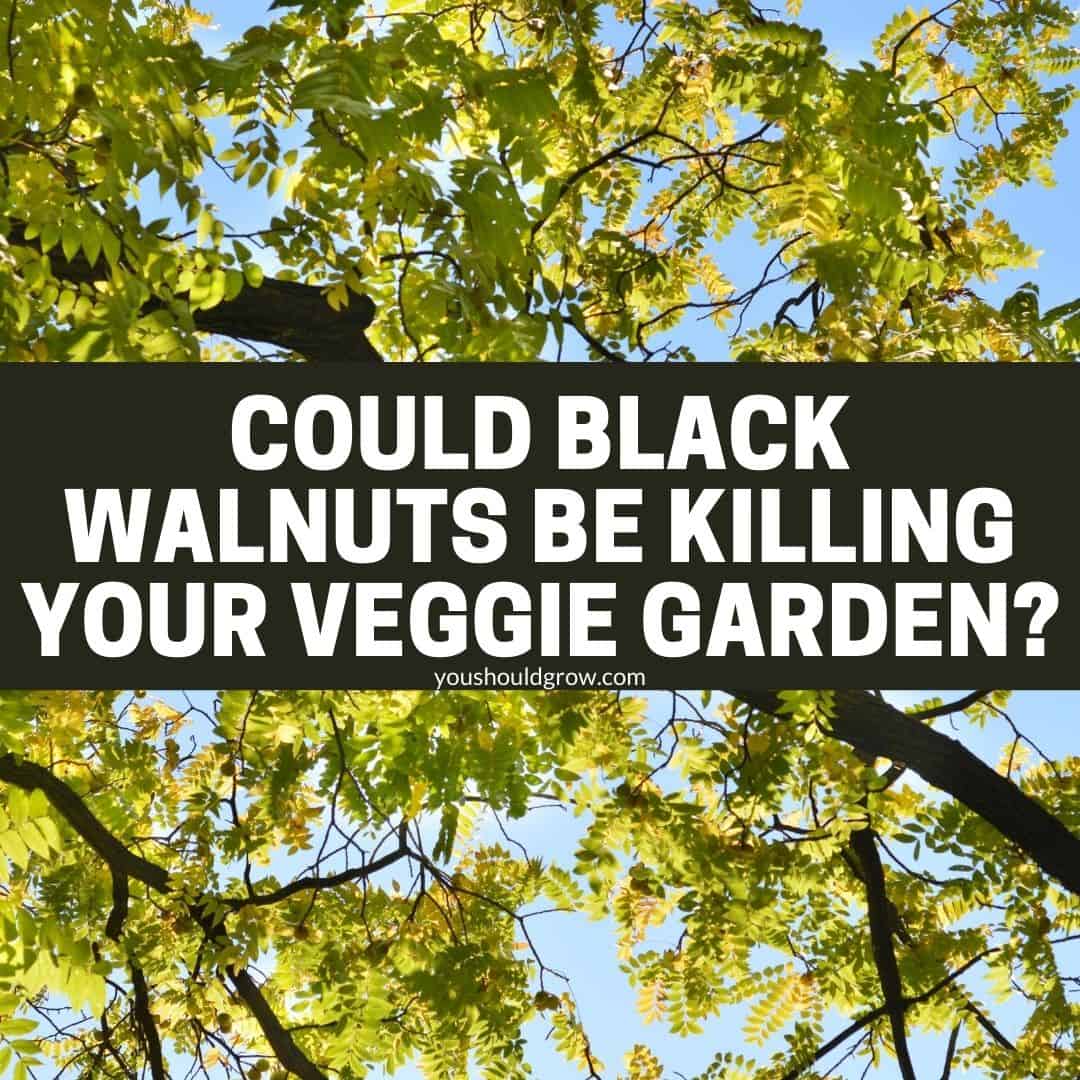
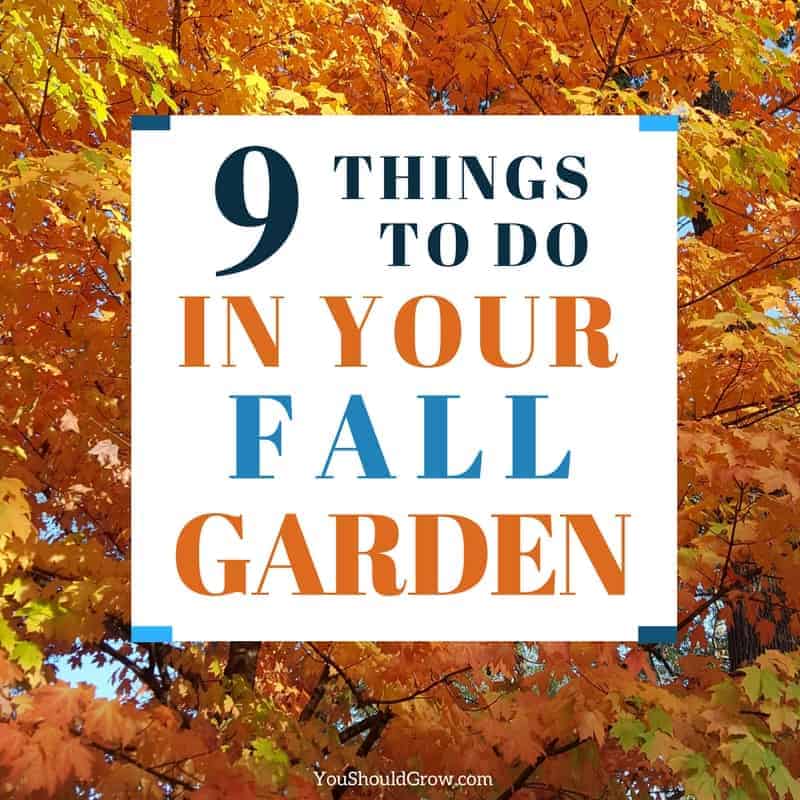
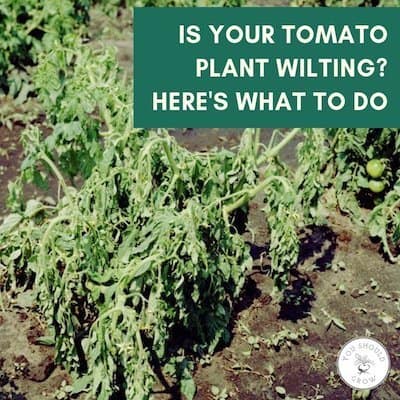
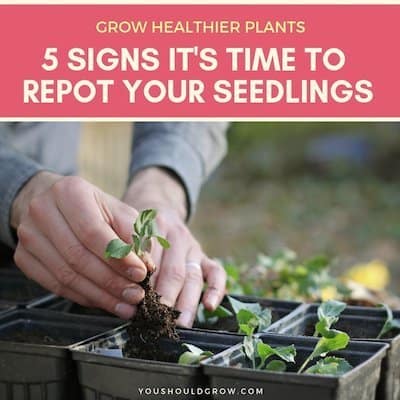
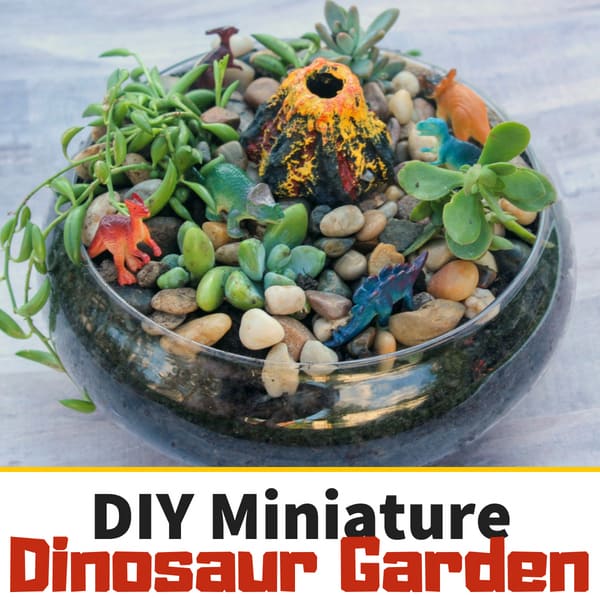
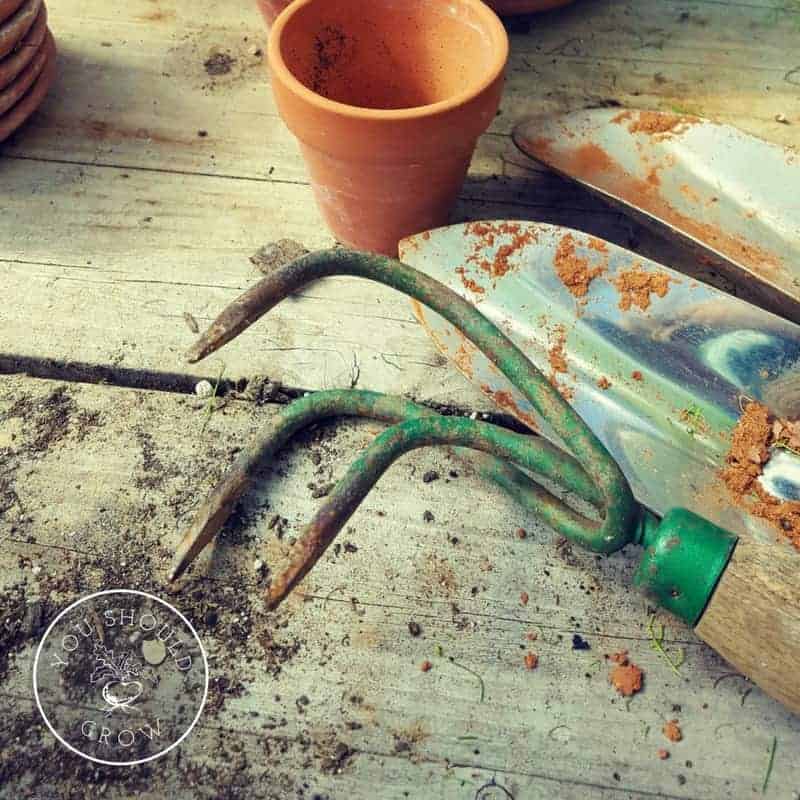
I am a new gardener, I am learning not to make mistakes with my garden, this was really helpful, thank you so much.
Hi, Olga! Thank you so much for stopping by, and I wish you the best in your garden! I’d love to have you join us in our Facebook group so we can continue to encourage each other. http://facebook.com/groups/youshouldgrow
Your answers were very helpful I’m sure I gave to many plants inside and out but I love my plants thanks for your help in have made a few of these mistakes now I know better
as a retired farmer,i found this article very informative for newbies…not like some I have read.i was lucky to have 1st bottom land,with all the nutrient levels 3-4 times what was needed,so didn’t have to fertilize my crops.very good tips,tho.
I am new in gardening. I don’t want to make mistakes with my garden. These are really helpful tips. Thanks a lot for sharing.
Thanks, Jason! Good luck with your garden!
These were all really helpful tips!! I will be starting my first garden in the spring and will be taking these measures to heart.
Thanks, Jason! Glad to hear you’re getting your first garden going soon. You’re going to love it!!
Hi lm Silvester and want to thank you for simple and down to earth information regarding farming.Hope to use it for my start up 3acre farm now .rgds
Hi, Silvester! I’m so glad to be able to help you! How exciting to be getting your farm started. You can do so much with that space. If you do Facebook, we’d love to have you join us in our private group to share pictures and more gardening tips. Join here: facebook.com/groups/youshouldgrow